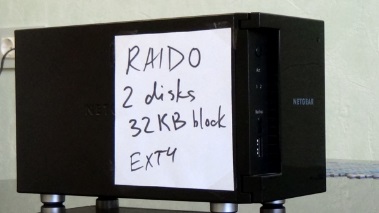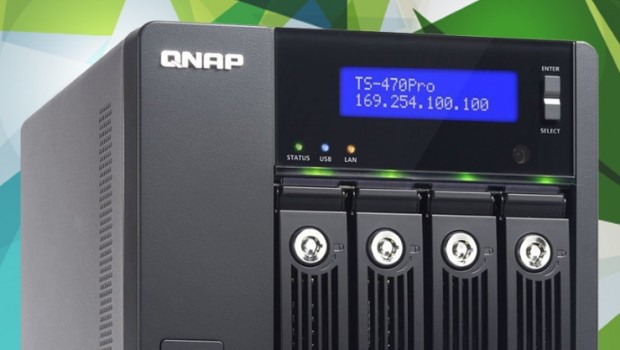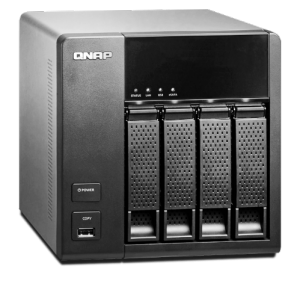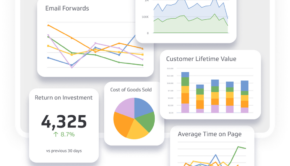NAS maintenance tips or how to avoid data loss
NAS (Network Attached Storage) is a modern multi-disk storage device designed to store data and access it over the network. Such devices are widely used both at home and in the enterprise. As regards storage technologies, the RAID technology is used to combine NAS member disks into a single storage. Another advantage, which RAID can give you, is a fault-tolerant storage that can survive the failure of one or more of its disks.
There are many NAS vendors at the market, the most famous being QNAP, NETGEAR, Synology, and Buffalo.
Although NASes are implied to be reliable devices, they nevertheless can fail and you can lose all the data stored on them. In this post, I try to give you tips on how to maintain a NAS so that you can avoid data loss.
NAS is not backup
NASes use the RAID technology, which provides fault-tolerance; however, NASes should not be considered as a replacement for backup. This means that you should not store important data in a single copy on a NAS.
Know your NAS configuration
When you set up your NAS, write the NAS configuration somewhere. NAS configuration involves:
- the number and capacity of disks,
- RAID type,
- filesystem type (if a NAS allows to change it),
- other deviations from the default configuration, if any.
It may seem useless to record the number of disks, because it looks obvious; but if you ever upgrade the NAS over the years, the sequence of upgrades, and how many disks were added or replaced with larger ones, becomes significant.

If you ask someone to configure your NAS, have them write all the configuration parameters on the sheet of paper and stick it to the NAS box.
All this doesn’t take much time but would be very useful should the need arise to recover NAS data.
Keep an eye on indicators and NAS performance
Always pay attention to an unusual behavior of your NAS. For example, if the NAS works slower, possibly one member disk has failed and the NAS had switched to the degraded mode. If one more disk fails before you replace the first one, data recovery is almost impossible.
Also pay attention to the indicators of disk state. If the indicators look unusual, check the NAS manual to know what this means and what you need to do.
UPS (Uninterruptable Power Supply)
NAS devices react rather badly to the sudden power outage; each time you turn the NAS on after such an event, it initiates a full or partial rebuild. During the rebuild, the NAS performance significantly decreases; more than that, you can lose some data due to a write hole.
If you live in an area where power outages are common, consider buying an UPS so that the NAS has time to shut down correctly.
Disk replacement
One of the main NAS advantages is the possibility to replace a failed disk on-the-fly – you do not need to shut down the system. However, although it sounds so simple, in practice the lion’s share of all the mistakes leading to data loss falls on the disk replacement step. Let’s discuss this in more detail.
One of the most common mistakes is when one does not replace the faulty disk in a timely manner. Although many NASes inform a user about disk errors – indicators, messages in NAS administration software – many users often ignore all the signs and continue to work with the NAS. This is possible because the RAID technology allows working with data stored on the NAS even if one of the disks has failed. Overall performance is getting worse but you still have access to the data. If one more disk fails, the data is lost and NAS data recovery is impossible until you repair the failed disk(s).
Another common mistake is when a user replaces a wrong disk. Each disk replacement initiates a rebuild of all data stored on the NAS. If you replace a wrong disk, the rebuild does not happen properly; on top of this, the NAS RAID driver may get confused, leading to more severe data loss.
Bottom line: NAS devices provide convenient, reliable, and easy way to store your data. Feel free to use them but do not forget simple rules discussed in the article, which help you avoid data loss.
Author Bio:
Ralph Karppinen, the CEO of Home NAS Recovery providing NAS recovery solutions for wide range of NAS devices like QNAP, NETGEAR, Buffalo and Synology.


















2 Responses to NAS maintenance tips or how to avoid data loss